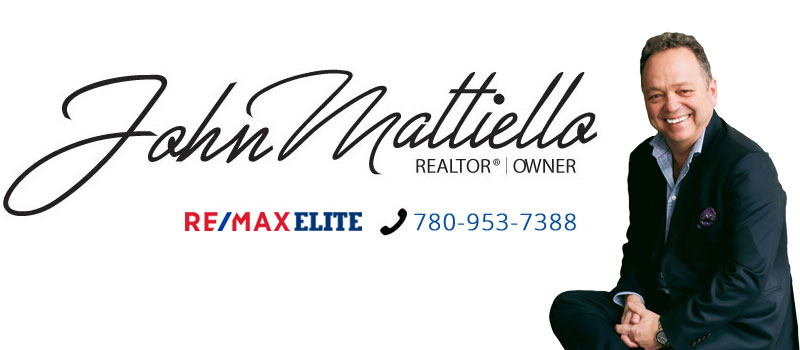Zoning Definitions
Land Use Zoning classifies the type of development allowed on a parcel of land.
The following descriptions provide general information on the various land use zones, including: residential, commercial, industrial, urban services, agricultural and direct control. There are two types of land uses, permitted and discretionary, in every zone. Permitted uses are those which must be approved by the Development Officer.
Discretionary uses are those which may be approved or refused at the discretion of the Development Officer, depending on how the proposed uses relate to surrounding areas and any applicable statutory plans.
All decisions of the Development Officer on a Development permit may be appealed to the Subdivision and Development Appeal Board (SDAB). However, the public will only be notified of their right to appeal in discretionary land use decisions.
Residential Zones
Commercial Zones
Industrial Zones
Urban Services Zones
Community Services Zones
The four Community Services Zones (CS1, CS2, CS3 and CS4) provide for relatively low to medium density housing generally referred to as row housing on lands that have become surplus to public education needs. In addition, each Community Services Zone has a distinct range of development opportunities.
Agricultural and Reserve Zones
Direct Control Provisions
Special Purpose Overlays
The term "overlay" refers to a special set of regulations imposed in addition to the standard regulations of a land use zone much as a transparent overlay can be used to superimpose new or different information on an existing map or drawing.
Protection Overlays
These overlays provide regulations that are intended to address specific development issues related to safety, hazard, and/or environmental protection. These include the following:
- Airport Protection Overlay
- Airport Protection Overlay for the City Centre Airport
- North Saskatchewan River Valley and Ravine System Protection Overlay
- Floodplain Protection Overlay
Commercial Overlays
These overlays provide regulations to address issues related to development for specific commercial environments in the city. These regulations control the uses, scale, and character and streetscape elements that define the image of these commercial environments. They include the following:
- Alberta Avenue Pedestrian Commercial Shopping Street Overlay
- Major Commercial Corridors Overlay
- Major and Minor Second-hand Stores Overlay
- Pedestrian Commercial Shopping Street Overlay
- Whyte Avenue Commercial Overlay
Industrial Plan Overlay
This overlay provides a means to alter land use or specify regulations for land uses and land use activities in order to achieve the local planning objectives of an Industrial Statutory Plan. The overlay can only be applied where specified in an Industrial Statutory Plan.
Mature Neighbourhood Overlay
This overlay is applied to over 100 mature neighbourhoods and contains development regulations which affect the RF1, RF2, RF3, RF4 and RF5 Zones.
Medium Density Residential Overlay
This overlay applies to specific sites zoned RF6, RA7 and RA8 in select neighbourhoods.
High Density Residential Overlay
This overlay applies to specific sites zoned RA9 in select neighbourhoods.
Suburban Neo-Traditional Overlay
This overlay applies to accommodate the development of neo-traditional housing in suburban neighbourhoods.
Special Areas
Special Areas are specifically defined geographic areas of the City, such as Terwillegar Towne, Clareview Campus, Griesbach, Heritage Areas, Downtown Edmonton, Ambleside and Ellerslie Industrial Park. These areas may have new zones created where an Area Redevelopment Plan or Area Structure Plan is in place. The zones are designed in accordance with the policies and objectives of the Plan to address a unique mix of both uses and land use regulations.



